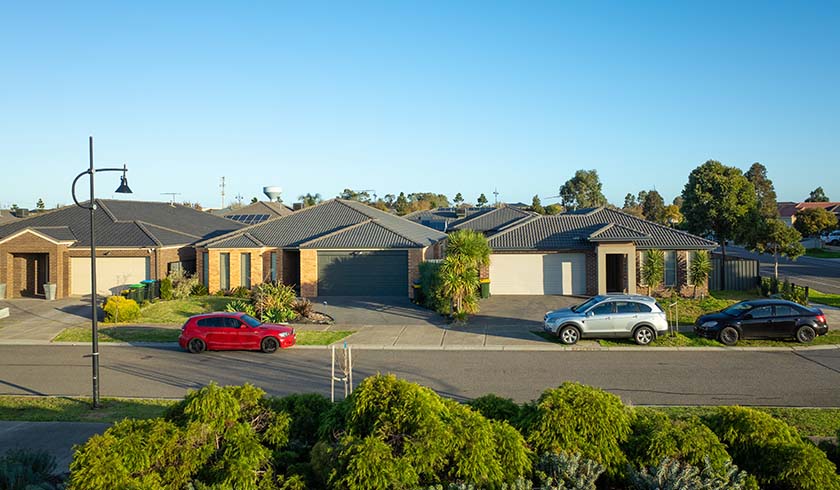Housing to become more affordable next year: expert
Housing affordability will continue to improve moderately over the next 12 months because of low mortgage interest rates and lower housing prices, according to a new report from Moody’s Investors Service.

Over the year to September, most of Australia has witnessed the improvement of housing affordability, which is measured as the proportion of household income borrowers need to meet repayments on new mortgages.
As a result of the COVID-19 outbreak, this trend is most likely to continue across states, Moody’s Investors Services vice-president Alena Chen said.
“We expect housing affordability will continue to improve moderately over the next 12 months. We expect interest rates to remain low for the foreseeable future. Housing prices will likely see some downward pressure as the result of the macroeconomic weakness, albeit the impact may be muted due to the low interest rates,” Ms Chen said.
Australian housing prices declined an average 1.5 per cent over the five months to September 2020 because of the economic fallout from the coronavirus, though prices still rose 3.2 per cent over the year to September.
On average, Australian households with two-income households needed 23.0 per cent of their monthly income to meet monthly mortgage repayments on new loans in September 2020, compared with 25.1 per cent in September 2019 and 26.4 per cent on average over the last 10 years.
For all capital cities, housing was the most affordable or near the most affordable in a decade in September 2020.
In Sydney, new borrowers needed 29.9 per cent of household income to meet mortgages repayments in September, compared with 30.9 per cent a year earlier and 32.7 per cent on average over the last 10 years. However, Sydney remained the least affordable city for housing in Australia. The Sydney median housing price fell 1.6 per cent over the five months to September 2020 because of the coronavirus outbreak, but still rose 6.7 per cent over the year to September 2020.
Meanwhile, Melbourne’s new borrowers needed 24.6 per cent of household income to meet mortgage repayments in September 2020, compared with 27.0 per cent a year earlier and 27.8 per cent on average over the last 10 years. The Melbourne median housing price fell 2.2 per cent in the five months to September, but increased 4.1 per cent over the year to September 2020.
The Reserve Bank of Australia (RBA) lowered the official cash rate to a record low 0.25 per cent in March to combat the economic downturn triggered by the pandemic, driving mortgage interest rates down.
Government assistance payments have supported household incomes since the coronavirus pandemic. Before the pandemic, average household incomes were increasing, rising 5.4 per cent over the year to May.
“Conversely, household incomes will come under pressure in coming months as government income support measures such as Jobkeeper and Jobseeker end, but we do not expect this to outweigh the impact of low mortgage interest rates and housing price movements,” she said.
Capital cities’ affordability
Apart from Sydney and Melbourne, housing affordability improved in all other major Australian capital cities over the year to September 2020.
In Brisbane, new borrowers needed 18.7 per cent of household income to meet mortgage repayments in September 2020, the lowest in a decade and down from 21.0 per cent a year earlier. Brisbane housing prices were stable over the 12 months to September 2020.
Perth’s new borrowers, on the other hand, needed 15.0 per cent of household income to meet mortgages repayments in September 2020, the lowest in a decade and down from 17.4 per cent a year earlier. Perth is the most affordable capital city for housing in Australia. The Perth median housing price declined 1.1 per cent over the year to September 2020, the most of any major Australian city.
Finally, in Adelaide, new borrowers needed 19.0 per cent of household income to meet mortgages repayments in September 2020, compared with 19.8 per cent a year earlier and 21.6 per cent on average over the last 10 years. The city’s median housing price increased 8.1 per cent over the year to September 2020.
Moody’s measures housing affordability based on three inputs – median housing sales prices, average household income and average discounted variable mortgage interest rates.
